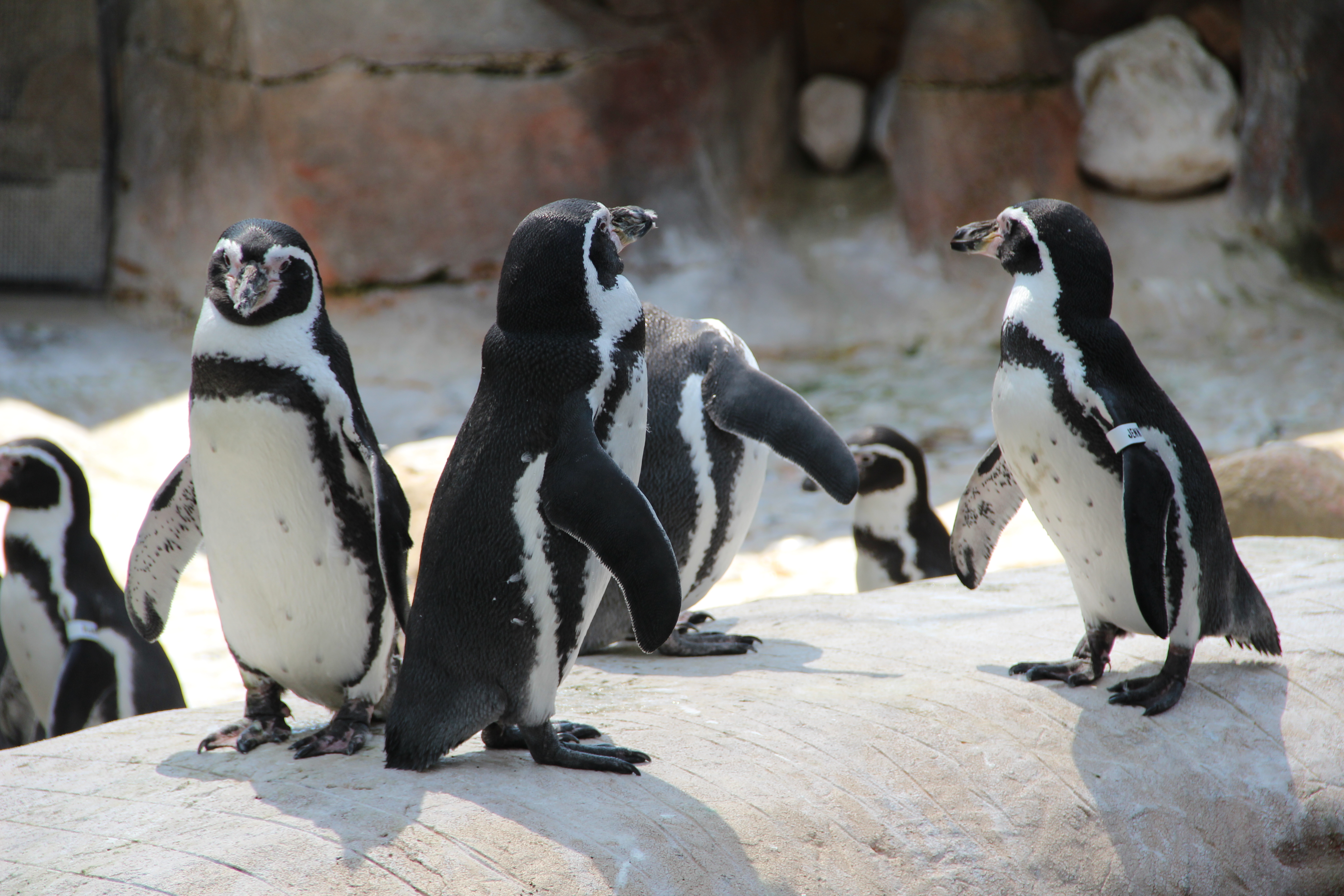Protected in Paradise
Balance for Man and Beast Presents a Global Challenge

Zoos are controversial in some circles, and for those who campaign for animal rights and against zoos, discussing the merits of these institutions with them seems pointless. The Voices op-ed “Caged in Paradise” said as much. Zoo professionals are quick to acknowledge that critics’ concerns based on science contribute to advancing animal welfare and elevating the standards of modern zoos. When there is dialogue, there is progress, unless one believes there is no justification for keeping animals under human care.
We live in a very complex world where the only things that are truly black and white are left to giant pandas, Malayan tapirs, penguins, orcas, zebras, and skunks. To believe that we will find a way to “let animals and humans coexist in harmony” is a wonderful vision, but it ignores the reality of the trending loss of biodiversity and the extinction of species. These losses are not a result of natural evolution and extinction, but rather the result of phenomena directly related to humans’ expanding ability to modify the natural landscape, to create environmental challenges such as pollution, and to deplete wild populations of plants and animals.
Wildlife today, whether in the “wild” or under human care, experiences some degree of management by people. There is a big difference between “coexisting” and “coexisting in harmony.” Conservationists are frequently at odds with developers and energy producers over land use issues and the destruction or alteration of habitat. We are fortunate to live in one of our country’s six biodiversity “hotspots,” surrounded by an incredible richness of plants and animals, many of which are found only in California. This blessing also comes with the responsibility of being good stewards of these priceless natural resources and constantly trying to balance the needs of people with the needs of the plants and animals that call the South Coast “home.”
It’s not just a Santa Barbara or California problem; this is a global challenge as well. People in India, Sri Lanka, Botswana, South Africa, and Zambia, to name but a few examples, are engaged in struggles to coexist with elephants. Expanding human populations and the demand on land for agriculture create conflicts that are difficult to resolve. In India alone, hundreds of people are killed by elephants annually and as many elephants are killed by poachers, collisions with trains, electrocution, poisoning, starvation, and accidents in developed landscapes.
The solution to complex challenges requires an equally complex response, including the collaboration and participation of many partners. Avoiding extinction or an ecological disaster frequently requires human intervention. In the United States, zoos and aquariums accredited by the Association of Zoos & Aquariums are definitely part of the response essential to preventing extinction for countless species. Many of these accredited zoos and aquariums have a global impact through their field conservation work in other countries. These institutions also support increasing public awareness of and concern for the issues facing the survival of wildlife and promote relevant action.
The Santa Barbara Zoo did assist in the recovery of the once-endangered island fox and continues to manage the “nest watch” program for the local population of endangered California condors, but it does so much more. The Zoo actively participates in the protection of western snowy plovers, southern sea otters, western pond turtles, red-legged frogs, and monarch butterflies, all “local residents.” People who visit the Zoo support these programs and the Zoo’s conservation partnerships with the U.S. Fish & Wildlife Service, the National Park Service, the U.S. Forest Service, and the U.S. Geological Survey. If you’re known by the company you keep, there is no better company when it comes to conservation, and we are privileged to be considered their partner.
I find it interesting that critics claim that zoos and aquariums do little for conservation and try to marginalize the work they do. In fact, it’s actually something zoos do well. For animals directly under the Zoo’s care, considerable investment is made in studying and improving their welfare. This might not be apparent to the casual visitor. That’s why we encourage our guests to talk with members of our Animal Care team and why we offer a number of “Keeper Talks” at exhibits every day. In my 20 years at the Zoo, one thing that has changed is the number of keepers; it has nearly doubled while the number of animals under our care has decreased. For those opposed to zoos this won’t make any difference, but for those who are concerned primarily about improving the welfare of the animals at the Santa Barbara Zoo, it should make perfect sense. We invest an increasing amount of time and resources in the animals under our care. While zoos and their animal rights critics will never agree on the morality of keeping animals under human care, I do believe that all involved care deeply about animals. I think that’s a good thing. It means there are lots of people ready to help ensure a future for the wildlife of the South Coast and to become part of the solution to a complex challenge.
Rich Bloch is president and CEO of the Santa Barbara Zoo.



